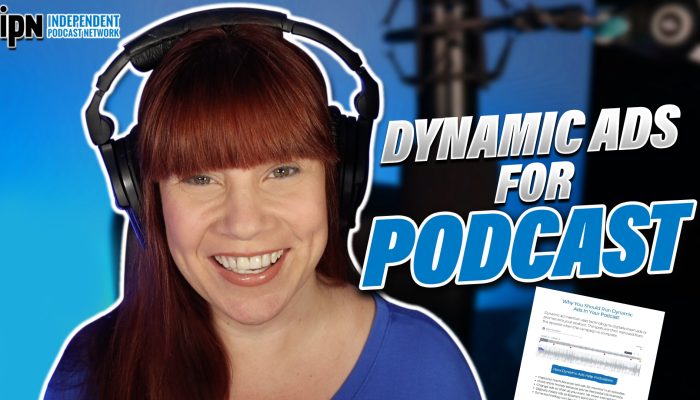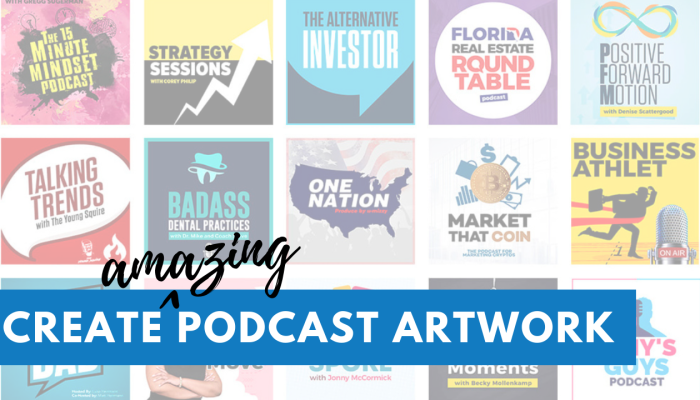As a podcaster, you know the success of your show requires you to build an audience and create engaging content. But how do you know if your efforts are paying off?
By analyzing metrics like downloads, unique listeners, completion rate, and subscriber growth, you can gain valuable insights into your audience and your content. Understanding your analytics can help you identify which episodes are most popular, when your audience is tuning in, and even where they’re located geographically.
But analyzing your podcast analytics is about more than just numbers and graphs. It’s about understanding your listeners on a deeper level and using that knowledge to create a better listening experience. Whether you’re looking to attract new listeners, increase engagement, or monetize your show, understanding your analytics is essential.

Podcast Analytics Basics
Podcast analytics can provide valuable insights into how your audience engages with your show. One basic way to use podcast analytics involves tracking the popularity of your show over time using metrics like downloads and unique listeners. By monitoring these metrics, you can identify trends and patterns in your audience’s behavior. Then, you can use that information to make data-driven decisions about your content and marketing strategies.
Another basic way to use podcast analytics involves measuring the completion rate, which is the percentage of listeners who finish an episode. This metric can help you identify which episodes engage your listeners most and can guide you in creating content that resonates with your audience. You can also use the completion rate to identify areas where you may need to improve your content and make changes accordingly.
Subscriber growth is another important metric to consider. This metric can help you understand the effectiveness of your marketing efforts and how well you attract and retain new listeners. By tracking your subscriber growth, you can make informed decisions about your marketing strategies and adjust them as needed to grow your audience.
4 Ways You Can Use Your Podcast Analytics to Fuel Growth
Going beyond the basics of monitoring your podcast’s growth, you can also use your podcast’s analytics to fuel growth. Here are four different ways analyzing your analytics can help you grow your podcast:
- Analyzing Trends
Podcast analytics can help you identify trends in your audience’s behavior, allowing you to make data-driven decisions about your show.
To analyze trends, start by identifying your most popular episodes and analyzing their common characteristics. Use this information to create more engaging content that resonates with your audience. Also, track when your audience is most active to schedule your episodes and marketing efforts at the right times.
Another way to analyze trends is to track your show’s growth over time. Look for patterns in subscriber growth and overall download numbers, and adjust your content and marketing strategies accordingly to ensure continued growth.
- Identifying Popular Episodes
You can easily assess which of your episodes drive the most engagement by looking at view counts and completion rates.
Once you identify your most popular episodes, you can use this information for growth by promoting these specific episodes on your website, social media, and other marketing channels. Consider creating trailers or ads featuring clips from these episodes to attract new listeners.
You can also use the themes or formats of your popular episodes to create new content that resonates with your audience. This helps you keep your audience engaged and attract new listeners who are interested in the same topics.
- Making Changes Based on Your Analytics
To use analytics to inform changes, start by analyzing episodes with lower download numbers or completion rates. Adjust the content, structure, or format to keep listeners engaged.
You can also use analytics to optimize your content strategy by creating more content in areas that are resonating with your audience. Experiment with new topics and formats to keep your content fresh and engaging.
Finally, you can optimize your marketing efforts by analyzing which channels drive the most traffic to your podcast. Focus your efforts on those channels and experiment with new ones to attract new listeners and expand your audience.
- Marketing and Promotion Strategies
With your podcast analytics, you can create effective marketing and promotion strategies. Start by analyzing listener demographics to understand your audience’s age, gender, location, and interests. This information will help you tailor your messaging and content to better resonate with them.
Next, use analytics to identify the channels that are driving the most traffic to your podcast. By focusing on the most effective marketing channels, such as social media, email marketing, or paid advertising, you can attract new listeners and expand your audience.
Finally, analyze the referral sources of your listeners to identify which websites, directories, or platforms are referring the most traffic to your podcast. By increasing your visibility in these referral sources, you can attract more listeners and increase your reach.

Common Mistakes to Avoid
While leveraging podcast analytics can help you grow your podcast, there are some common mistakes to avoid. Here are a few:
- Focusing only on the numbers: While metrics like downloads and listens are important, they aren’t the only indicators of success. Don’t get too caught up in the numbers and overlook the qualitative feedback you receive from your listeners. Pay attention to their comments, reviews, and suggestions to better understand their preferences and needs.
- Not analyzing your data regularly: It’s essential to regularly analyze your analytics to track your progress, identify trends, and make data-driven decisions. Set aside time each week or month to review your metrics and adjust your strategies accordingly.
- Ignoring negative feedback: Negative feedback can be tough to hear, but it’s an essential part of growing and improving your podcast. Don’t ignore negative reviews, comments, or suggestions. Instead, use them as opportunities to learn and make positive changes.
- Not tracking your expenses: It’s important to keep track of your expenses related to your podcast, such as hosting fees, equipment, and marketing costs. By tracking your expenses, you can better understand your ROI and make informed decisions about where to allocate your resources.
- Not setting goals: Without clear goals, it’s hard to measure your success or know where to focus your efforts. Set realistic and specific goals for your podcast, such as increasing downloads, improving listener engagement, or monetizing your podcast. Then, track your progress towards those goals using your analytics.
To avoid these mistakes, remember to keep a balance between quantitative and qualitative feedback, regularly analyze your data, embrace negative feedback, track your expenses, and set specific goals. By doing so, you can leverage your podcast analytics to improve your content, engage your audience, and achieve your desired outcomes.
Conclusion
Understanding your podcast analytics is crucial for growing your podcast and engaging your audience. It gives you detailed information on who listens to your podcast and which aspects of your podcast they enjoy most. However, it’s easy to get caught up in the numbers and forget the goal of growing your podcast the way you want it to grow. So, always set actionable goals that coincide with your current analytics to reach your objectives!









